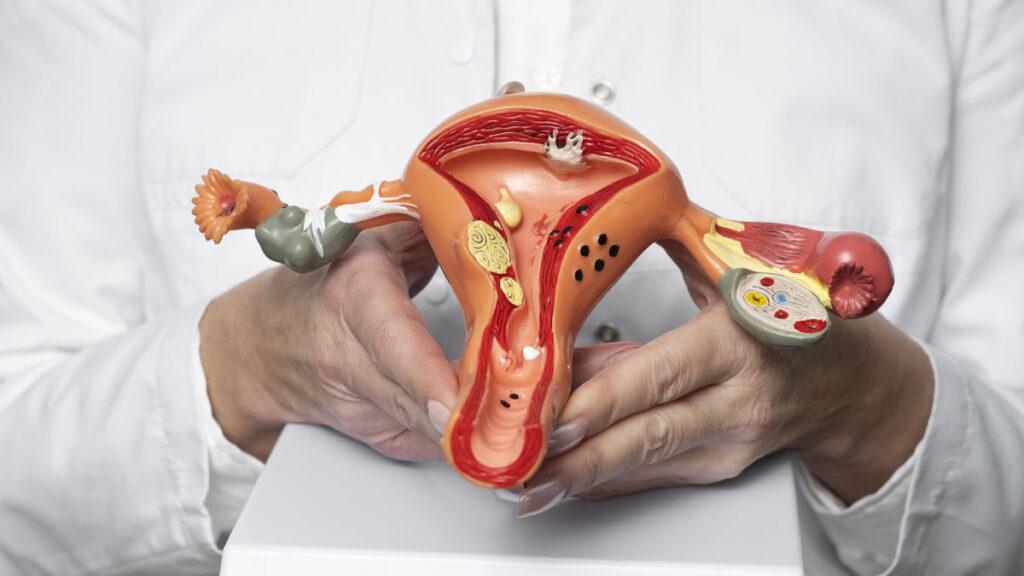
Everything You Need to Know About Intrauterine Contraceptive Devices
Are you looking for a highly effective and long-acting form of birth control? An intrauterine contraceptive device (IUD) might be the perfect option for you. An IUD is a small, T-shaped device made up of plastic or copper that is inserted into the uterus to prevent pregnancy.
Nowadays, they have become a popular choice for women looking for a hassle-free, low maintenance contraception that can last for years. In this post, we’ll cover everything you need to know about this small yet mighty contraceptive.
Table of Contents
ToggleTypes of IUD
There are two main types of intrauterine devices:
1.Copper IUD: This IUD releases copper into the uterus, which is toxic to sperm and prevents fertilization. It provides protection against pregnancy for up to 12 years.
2.Hormonal IUD: These IUDs continuously release a low dose of the hormone progestin into the uterus. This progestin thickens cervical mucus to block sperm and thins the uterine lining, preventing pregnancy for 3-7 years depending on the IUD.
How Effective are Intrauterine Contraceptive Devices?
IUDs are one of the most effective reversible birth control methods available. The effectivity rate of IUDs is more than 99%, which means less than 1 out of 100 women will get pregnant each year while using an IUD.
The Pros of IUDs
- > 99% effective at preventing pregnancy
- Long-lasting (3-12 years depending on type)
- Low maintenance (once inserted, little to do after that)
- Rapidly reversible (fertility quickly returns after removal)
- Safe for breastfeeding mothers
- Hormonal IUDs can make periods lighter and cramping less severe
- Don’t require taking a daily pill
- Copper IUD is hormone-free
The Cons of IUDs
- Requires a minor in-office procedure for insertion/removal by a healthcare provider
- Can cause heavier, crampier periods for some (with copper IUD)
- Small risk of expulsion (IUD partially or fully coming out of uterus)
- Does not protect against STIs, so condoms are still needed if not in a monogamous relationship
- Potential for discomfort or cramping during insertion

Getting an IUD
IUDs must be inserted and removed by a trained healthcare provider. During insertion, the doctor will use a thin tube to place the IUD through the vagina and into the uterus. This is a quick, in-office procedure, though some cramping is common during/after insertion.
Women may get their IUD inserted at various times:
- Anytime during the menstrual cycle if it’s certain you aren’t pregnant
- Within 7 days of starting your period for easiest insertion
- Right after having an abortion or giving birth
- During an office visit for another procedure like a Pap test
After insertion, you should be able to use tampons, have sex, exercise, etc. as usual. Your doctor will provide aftercare instructions. The IUD’s pregnancy prevention is effective immediately after insertion.
Who Can Use an IUD?
Most women are good candidates for an IUD, including those who have never been pregnant. However, IUDs may not be recommended for some women, such as those with:
- Known or suspected uterine/cervical/pelvic infections
- Cancer affecting the reproductive organs
- Unexplained vaginal bleeding
- Uterine abnormalities
- Allergy to IUD materials
Always discuss your medical history thoroughly with your doctor to determine if an IUD is safe for you.
Conclusion
Whether you want long-term, highly effective birth control or are simply exploring your contraceptive options, IUDs offer excellent pregnancy prevention while being low maintenance and reversible. If you want to know more about intrauterine devices, schedule an appointment at Hale Clinics, which has the Best Gynaecologist in Mohali, they will assist you whether this little T-shaped device is right for you or not!
FAQs
Q1. What are the two main types of IUDs?
Ans. The two main types are the copper IUD and the hormonal IUD. The copper IUD releases copper to prevent fertilization and lasts up to 12 years. The hormonal IUD releases progestin to thicken cervical mucus and thin the uterine lining, lasting 3-7 years.
Q2. How effective are IUDs at preventing pregnancy?
Ans. IUDs are more than 99% effective at preventing pregnancy, which makes them one of the most effective reversible birth control methods available.
Q3. What are some pros of using an IUD?
Ans. Pros include high effectiveness, low maintenance, rapid reversibility, safe for breastfeeding, can make periods lighter (hormonal IUD), and no need to take a daily pill.
Q4.What are some cons of using an IUD?
Ans. Cons can include heavier/crampier periods (copper IUD), small risk of expulsion, does not protect against STIs, and potential discomfort during insertion.
Q5. How is an IUD inserted and removed?
Ans. An IUD must be inserted and removed by a healthcare provider through a minor in-office procedure where the IUD is placed into the uterus through the vagina.
